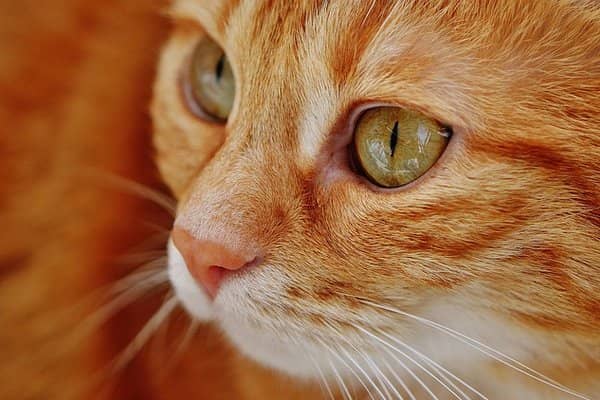
Is your cat safe from worms?
We all want the best for our cats, don’t we? To keep them safe, comfortable and happy; and to protect
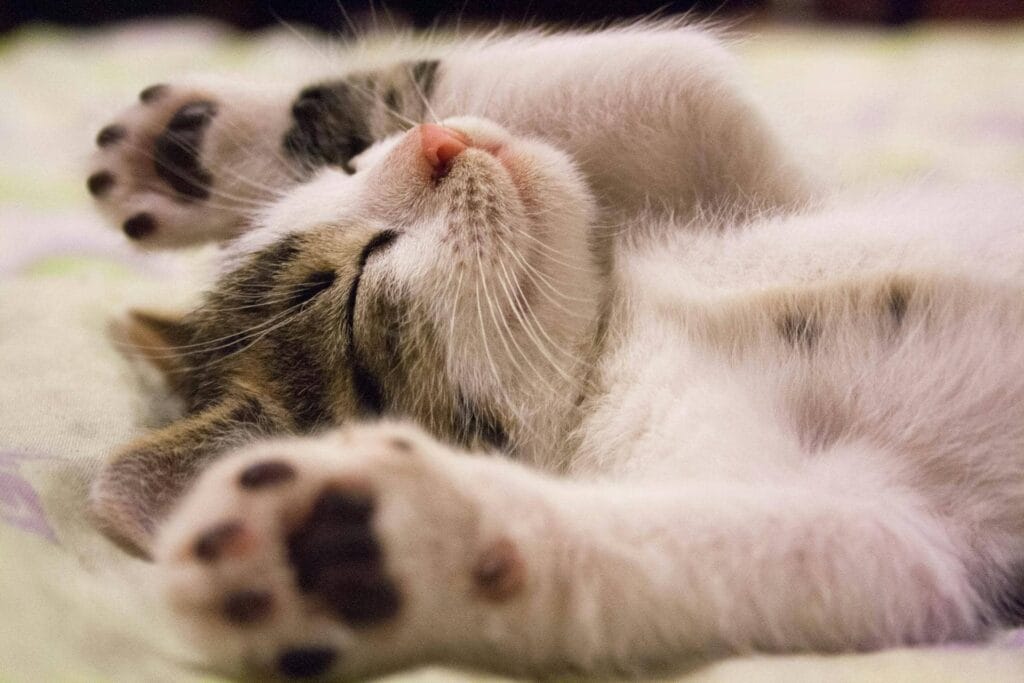

We all want the best for our cats, don’t we? To keep them safe, comfortable and happy; and to protect
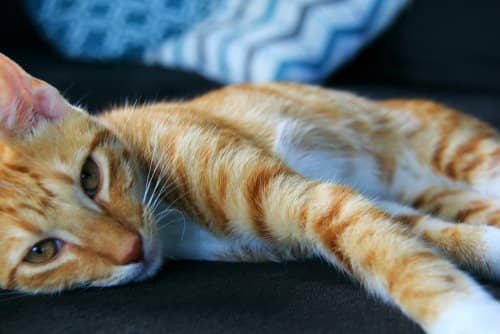
Any animal is capable of developing heatstroke. Many people believe that due to cat’s ancestors living in tropical climates, cats
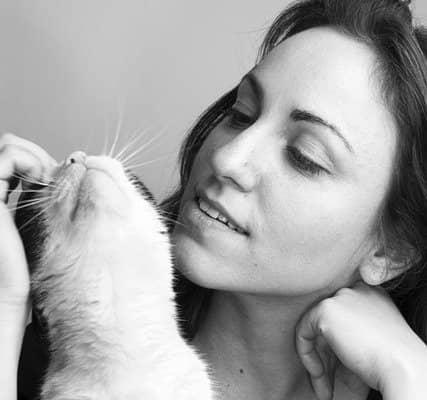
Our fabulous feline’s use a variety of interesting ways to communicate with their human caregivers including a combination of body
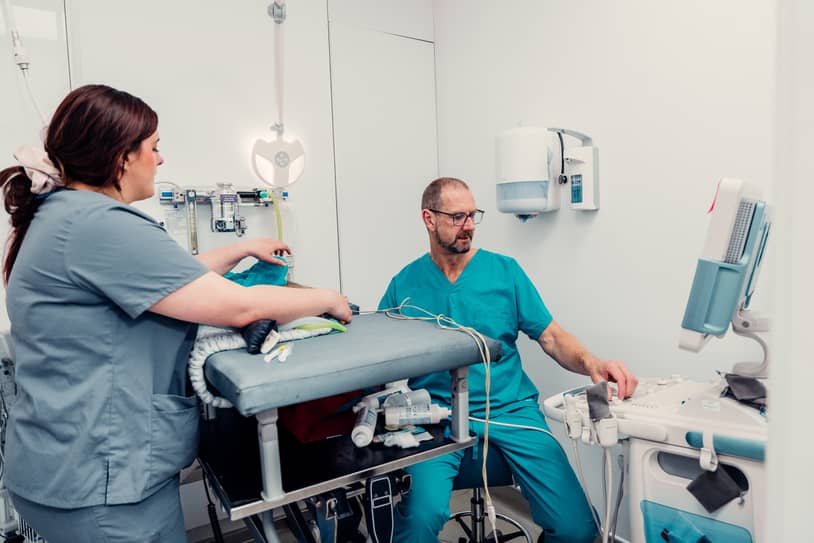
This prestigious recognition is awarded by the Royal College of Veterinary Surgeons to veterinary surgeons who have demonstrated advanced knowledge